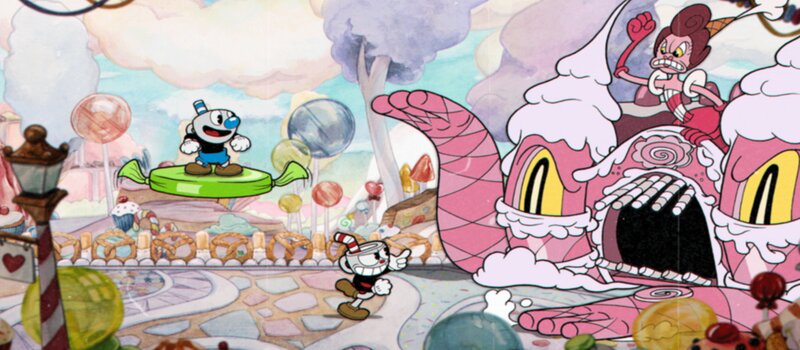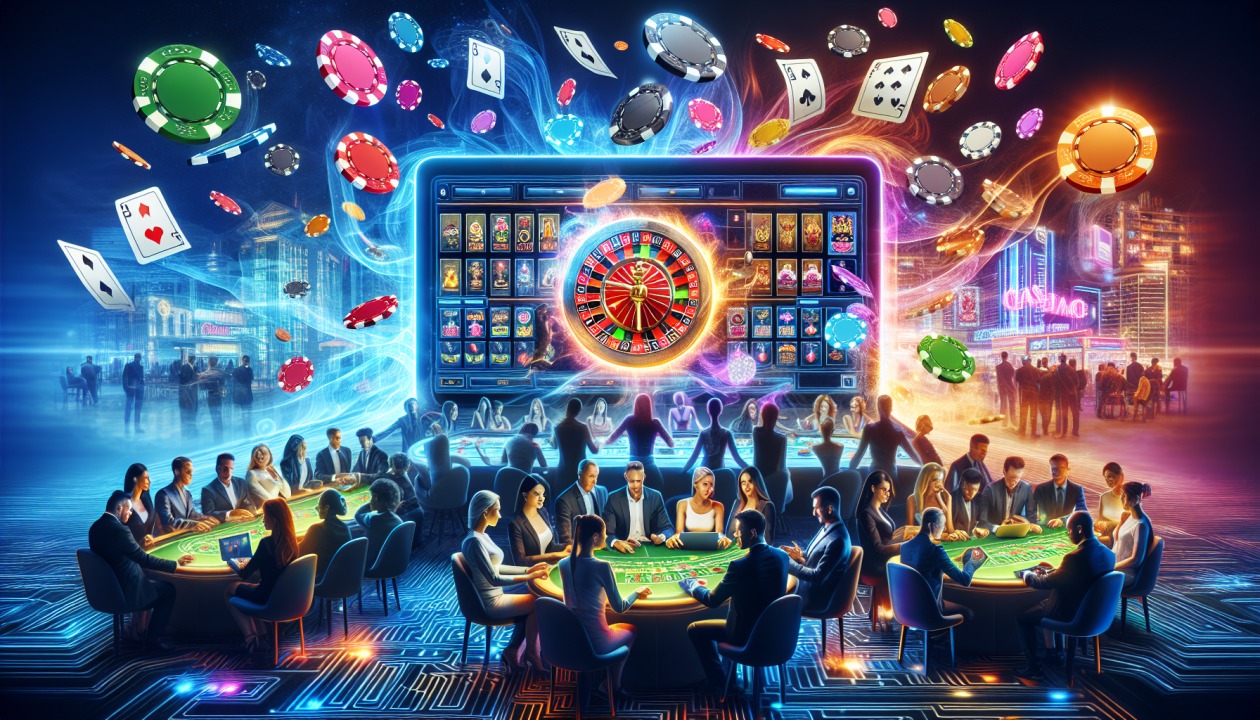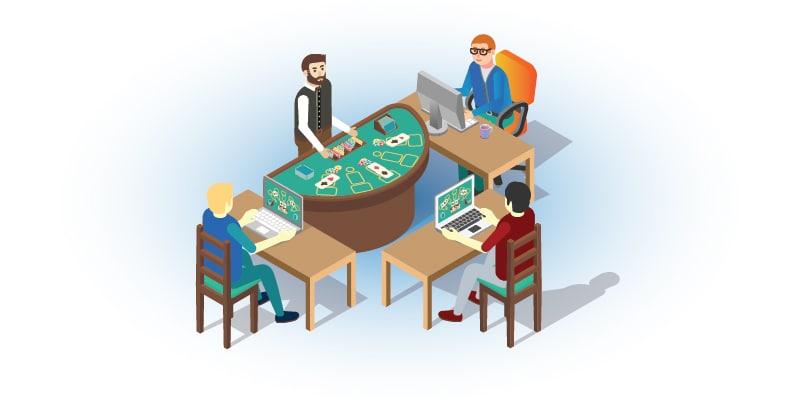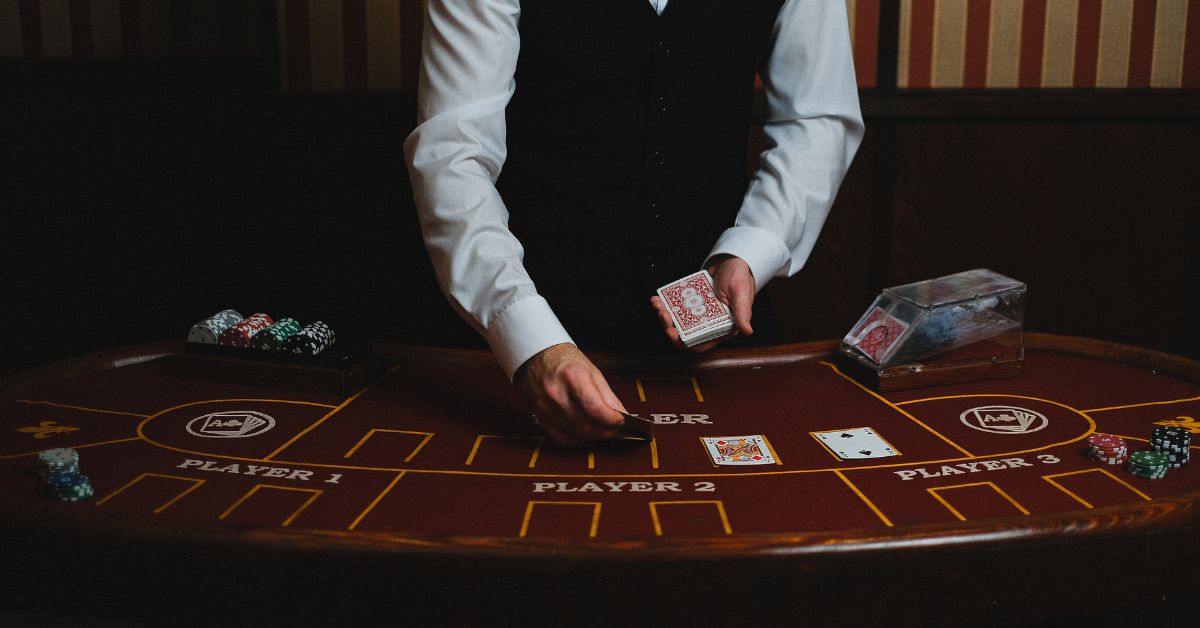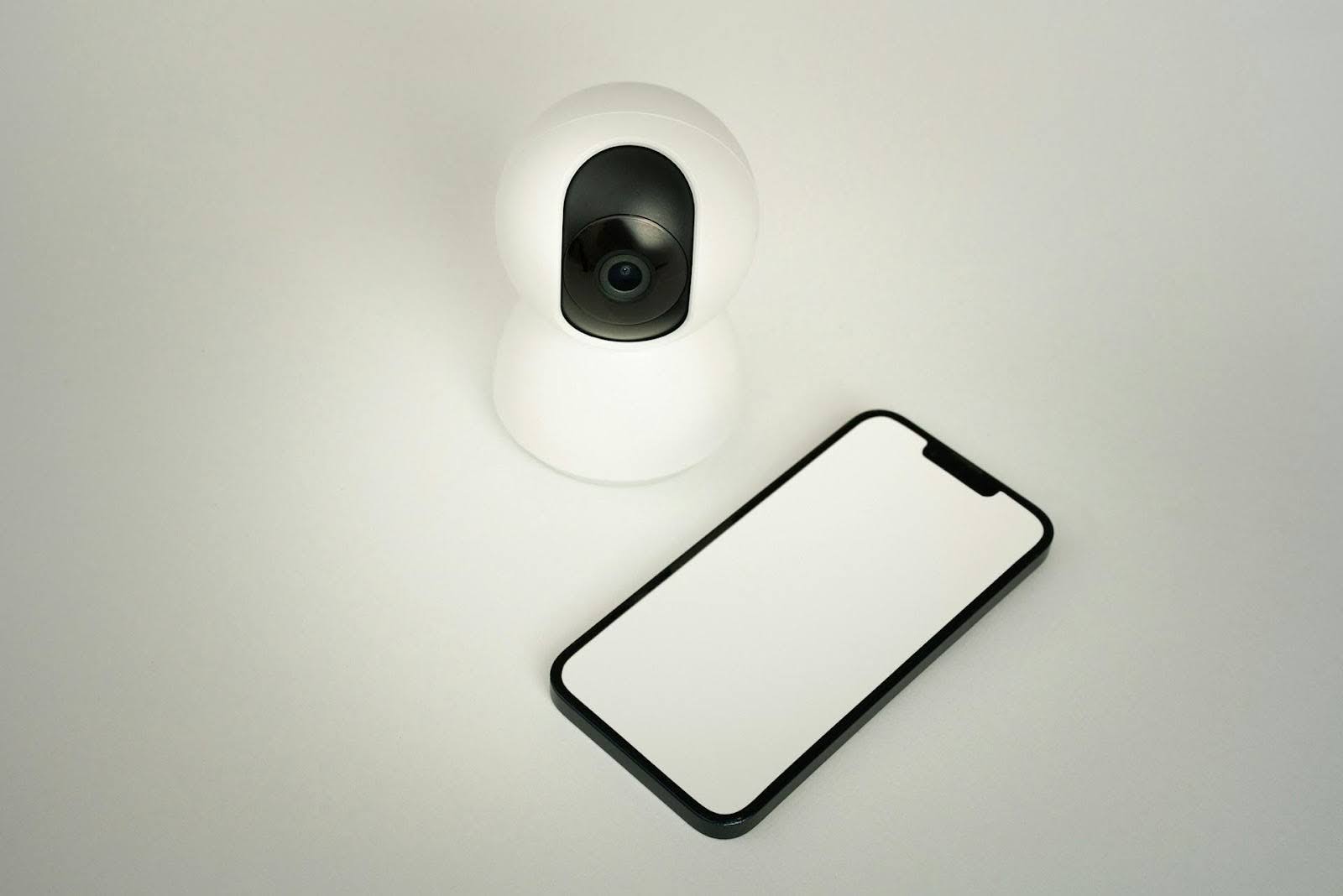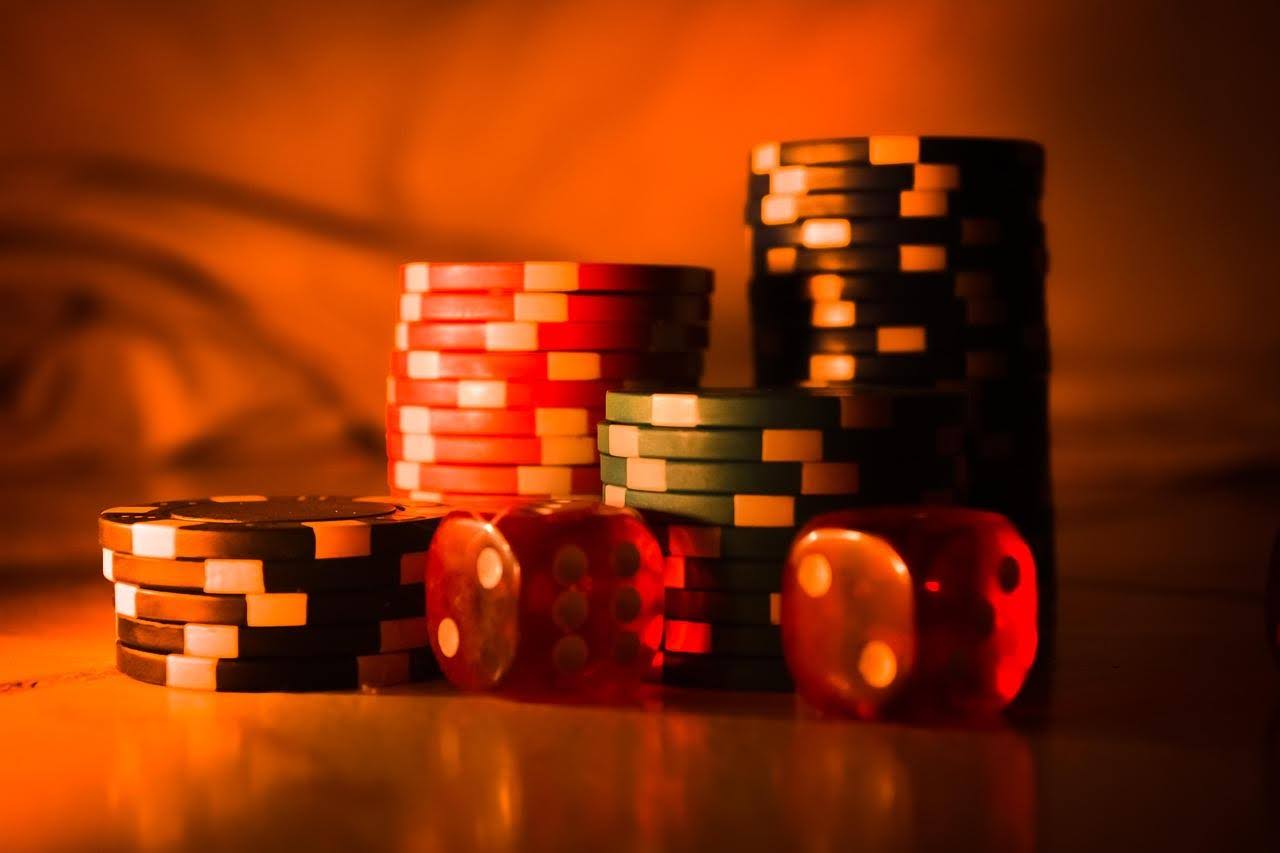Five Reasons Why Poker Is a Timeless Classic
Poker has lasted through revolutions in culture, technology, and taste. Long before streaming, it drew people together in rooms filled with noise and calculation. Now it sits in apps, on TV, and in living rooms, still asking the same question: how far will you go on a hunch?
The game has survived because it belongs to no single era. It changes shape but not its core. Each generation adds its own layer, yet the rhythm of the deal stays the same. What makes poker timeless isn’t just the cards. It’s what they draw out of the people holding them.

The Social Heart of Poker
Poker is built on people. It’s about what’s said, what’s unsaid, and how much someone can reveal without giving up the hand. The cards matter, but not as much as the players. You watch, listen, wait. Someone blinks too long, laughs too easily, bets too fast. That’s the story every table tells.
Digital versions keep that spirit alive. The best social casinos let players join tables, talk, and trade reads in real time. They’ve turned quiet screens into something closer to a shared room. The sense of company is what keeps the game human. Even online, poker still depends on the people across from you.
From Quiet Game to Public Stage
Poker didn’t always belong in the spotlight. It was a side-room game, half-whispered, until cameras learned how to show what mattered. The moment hole-card cameras appeared, viewers saw more than chips and faces. They saw motive. The audience learned to read the table too.
That shift built the image poker carries today. On screen, it became a shorthand for tension and control. When Daniel Craig’s Bond leaned forward in Casino Royale, the silence was heavier than the bet. The game looked sharper, more deliberate. Poker wasn’t just gambling anymore. It was focus turned into theatre. That image stayed. Viewers saw composure, patience, and instinct, all packed into a single glance.
Skill Over Chance
Luck gives you a hand. Skill decides what to do with it. That’s the balance that keeps poker interesting. It rewards memory, timing, and restraint. You win by paying attention longer than the others.
Around 100 million people play poker worldwide. Most of them fall between 18 and 34. They’re drawn to the mix of risk and calculation, the small decisions that add up. You don’t need perfect cards to win. You need the patience to wait until someone else gets restless. The math is simple, but the psychology keeps it alive.
Culture Keeps It Alive
Poker has slipped into every corner of culture. It’s in movies, books, and everyday speech. “Calling a bluff” means more than just a hand of cards. It’s how people talk about risk in business or politics. The metaphors outlast the games.
That’s how poker stays visible. It represents something bigger than gambling: control in chaos. When a player pushes chips forward, it’s more than money. It’s nerve, and everyone watching feels the weight of it. That tension can’t be faked. It’s the part of poker that still looks real in a digital world, even as almost everything else feels filtered.
The People Behind the Game
Poker brings together people who would never meet anywhere else. It’s part strategy, part social study. At the table, age and background don’t matter much. What matters is how you act when the turn comes.
Research has found that regular players often show stronger emotional control and better decision-making skills. The game teaches patience and perspective. You learn how to lose without folding completely, and how to win without showing too much. Poker shapes people in quiet ways that last long after they leave the table.
Adapting Without Losing Itself
Poker doesn’t resist change. It absorbs it. Technology gave it new stages, but the play stayed the same. The bluff, the tell, the call — none of it disappears when the table goes digital. The screen changes the view, not the game.
It’s also becoming broader. Women now make up about one fifth of all global players, a rise that’s continuing each year. Younger crowds have joined too, drawn less by the money and more by the sense of competition. Poker has found new players without losing the old ones. That balance is why it feels both ancient and current at once.
Why It Lasts
Every hand begins the same. Cards down, eyes steady. It’s what happens after that makes poker timeless. The game never gives away the outcome too early. It keeps people guessing, adjusting, learning. That uncertainty feels honest in a world that tries to predict everything.
Poker doesn’t need upgrades or sequels. It needs people willing to sit, think, and risk something small for the chance of something bigger. The stakes don’t have to be money. Sometimes they’re pride, or curiosity, or the need to prove you can read someone right. That’s why the game never really ends.
It survives because people still want to measure nerve against chance. They want to test themselves in a space where luck counts but doesn’t decide. Poker reminds them that reading people is still a skill worth having. That truth keeps the game alive, one hand at a time.









